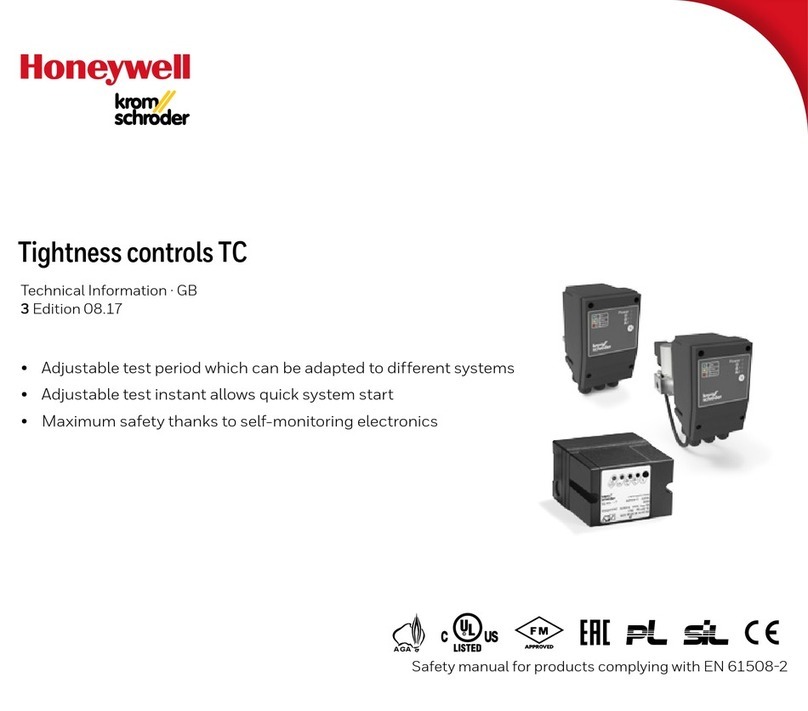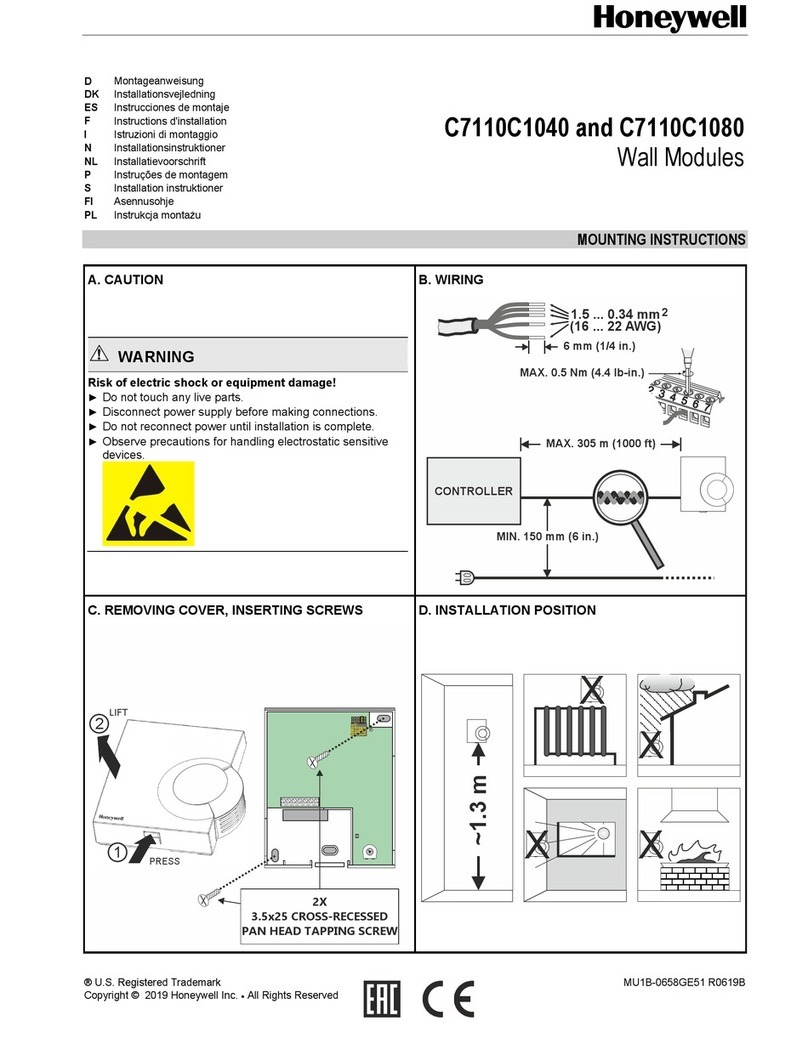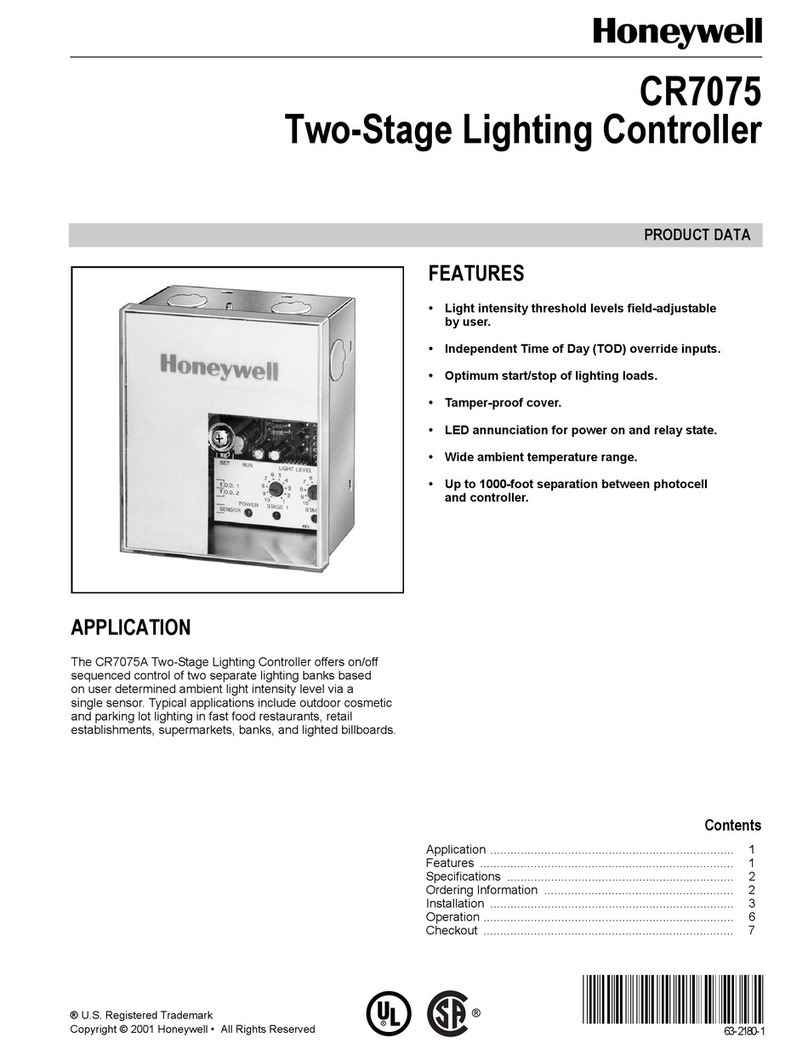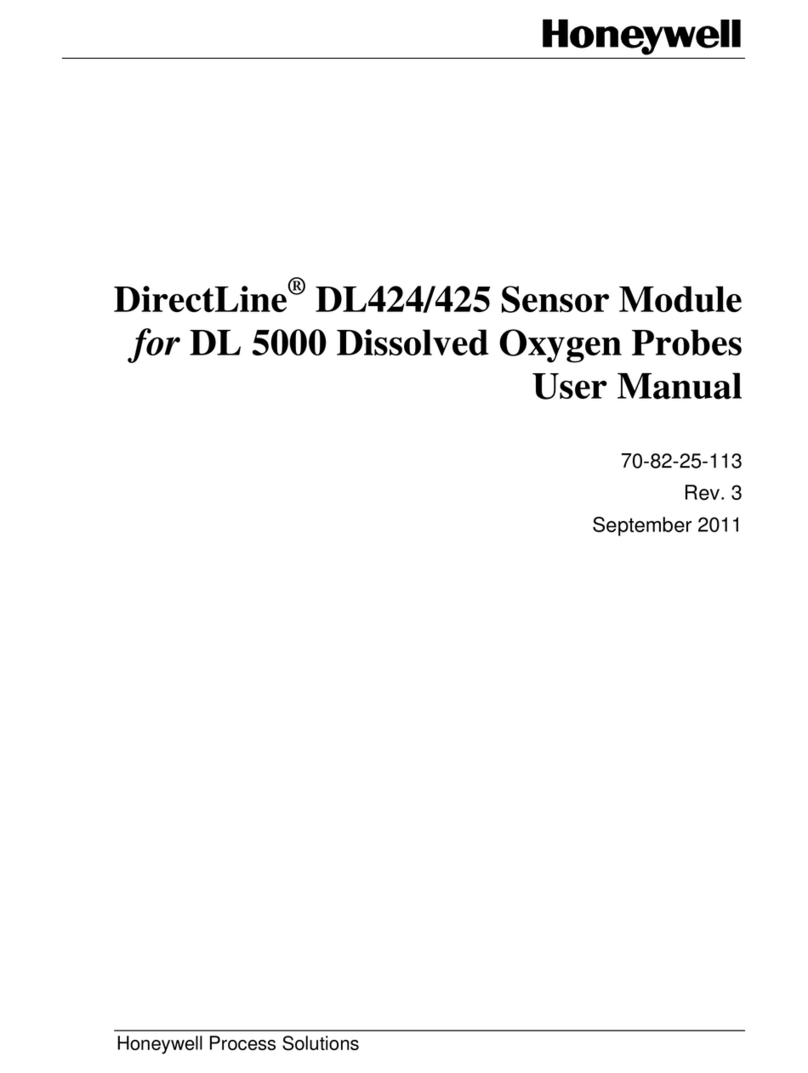Honeywell Kromschroder BCM 400 B1 Series User manual
Other Honeywell Control Unit manuals
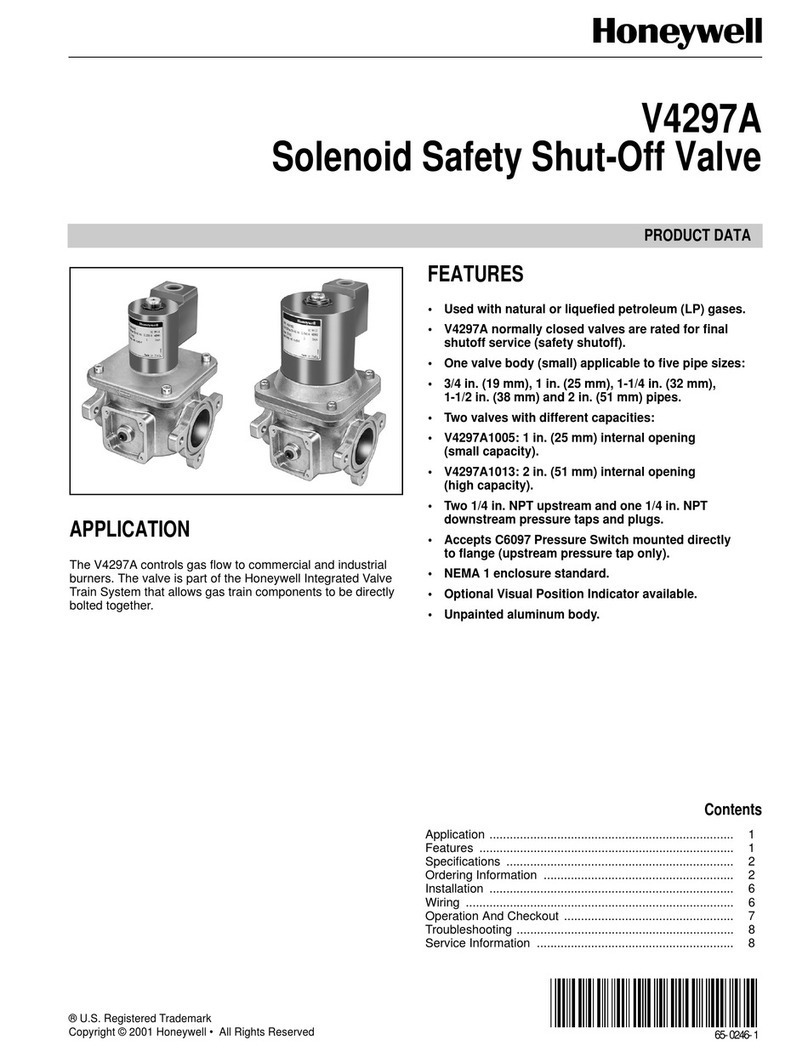
Honeywell
Honeywell V4297A Series Operation manual
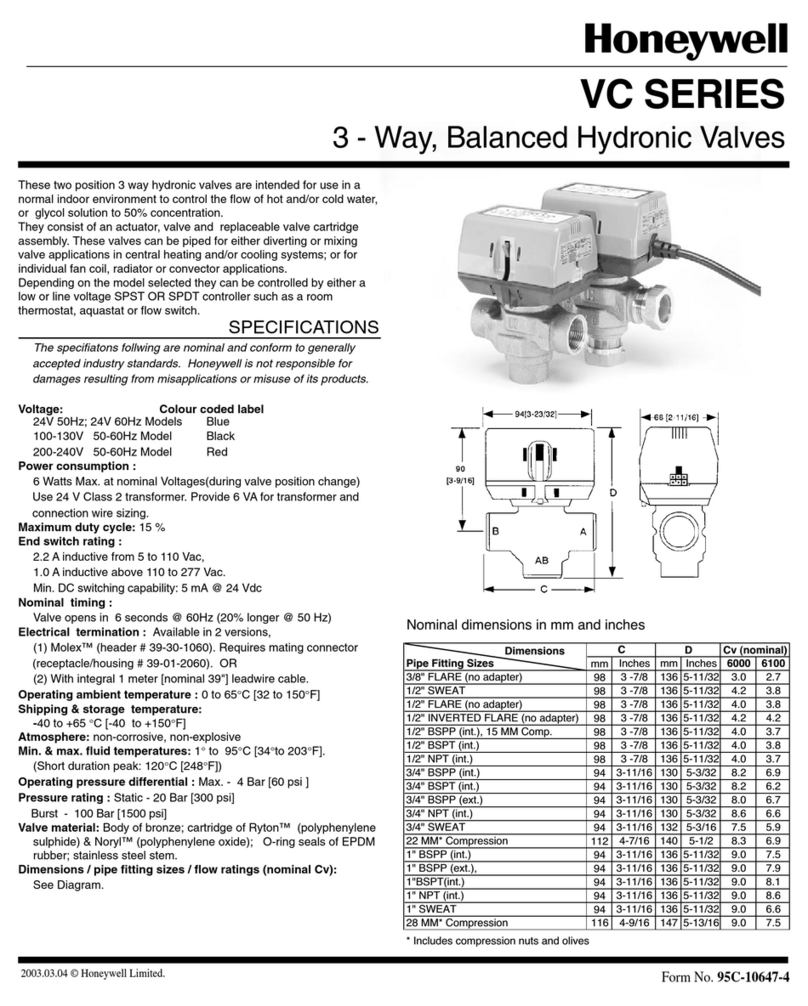
Honeywell
Honeywell VC Series User manual
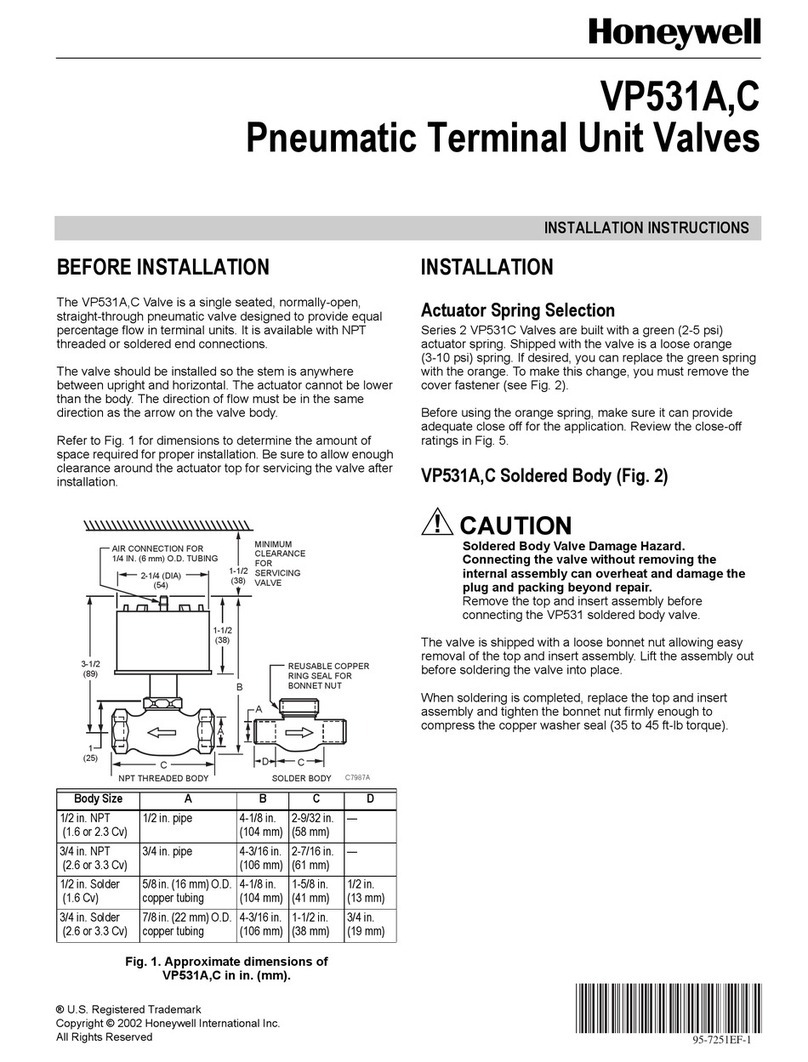
Honeywell
Honeywell VP531C User manual
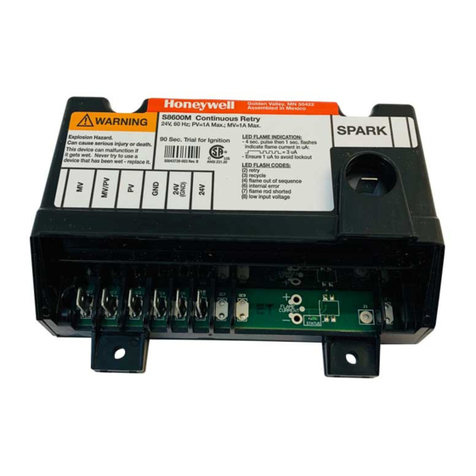
Honeywell
Honeywell S8600 User manual
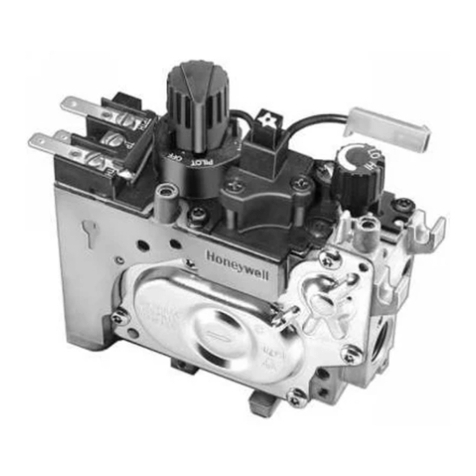
Honeywell
Honeywell VS8420 User manual
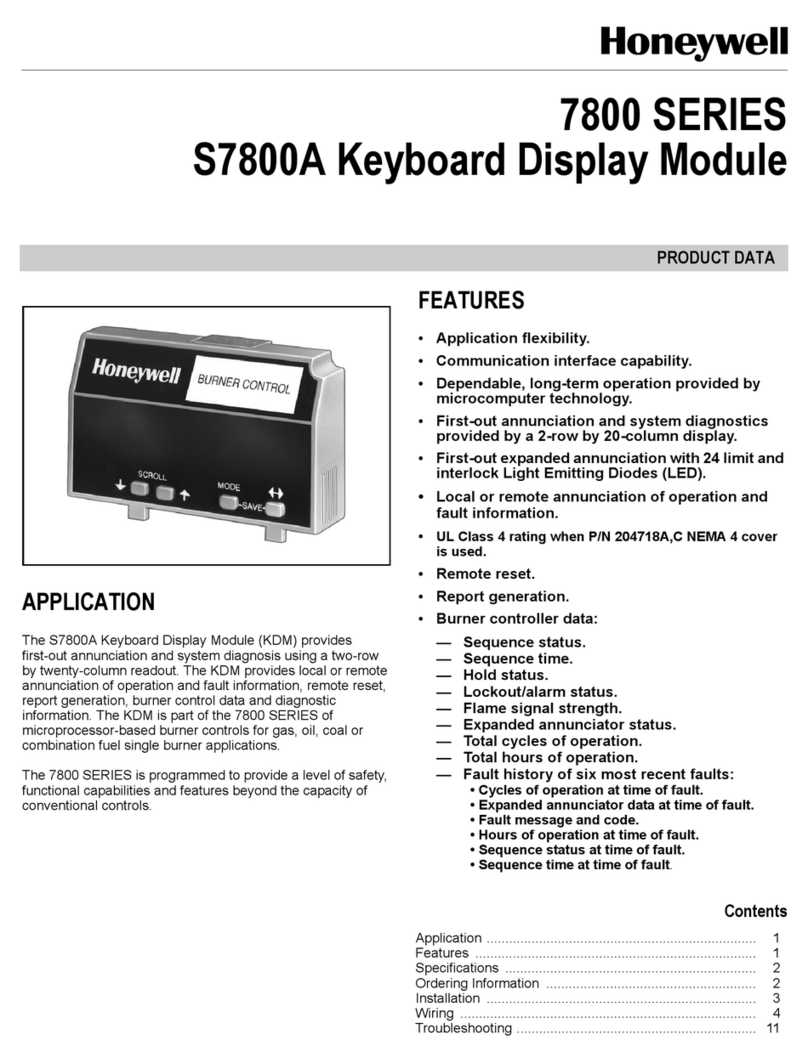
Honeywell
Honeywell 7800 SERIES Operation manual

Honeywell
Honeywell Braukmann RV 284 User manual

Honeywell
Honeywell L4068 User manual
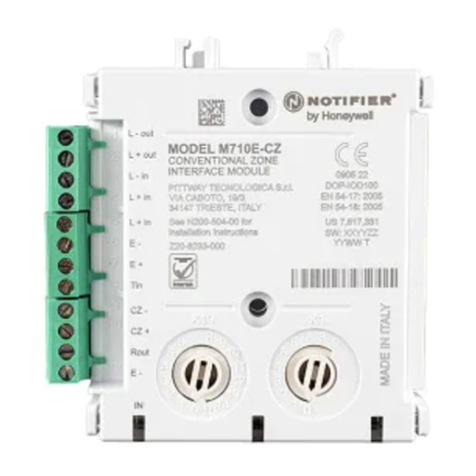
Honeywell
Honeywell NOTIFIER M710E-CZ User manual
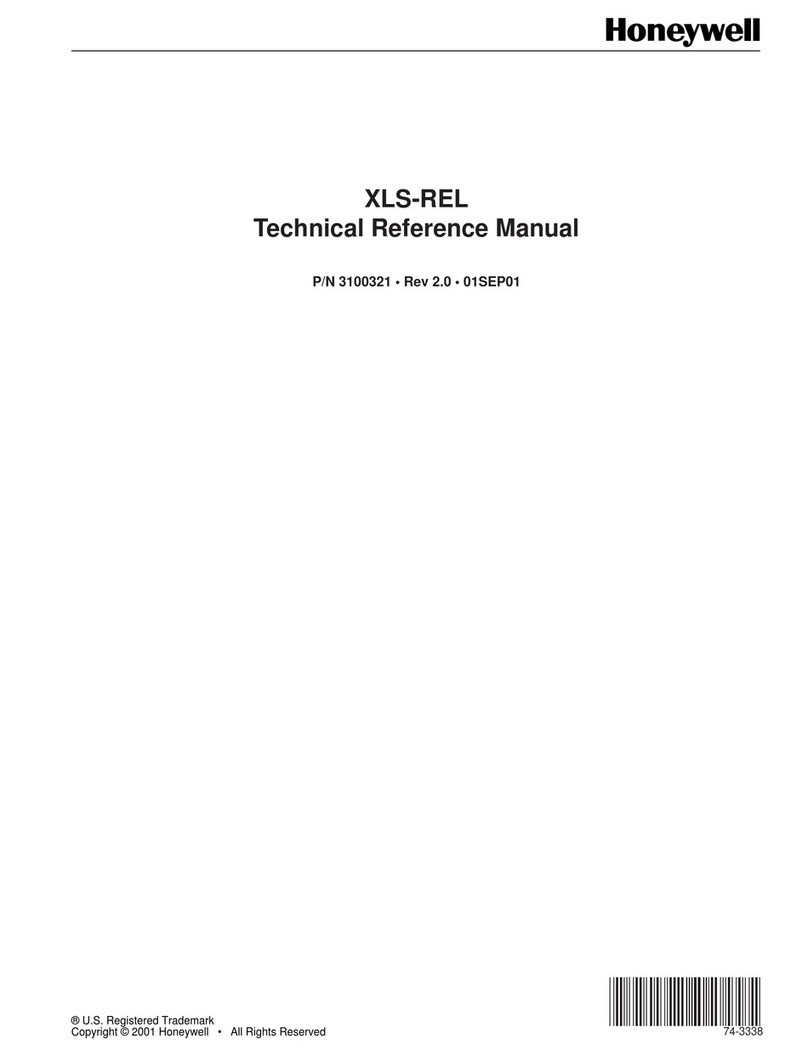
Honeywell
Honeywell XLS-REL Product manual

Honeywell
Honeywell Velociti AOM-2RF User manual
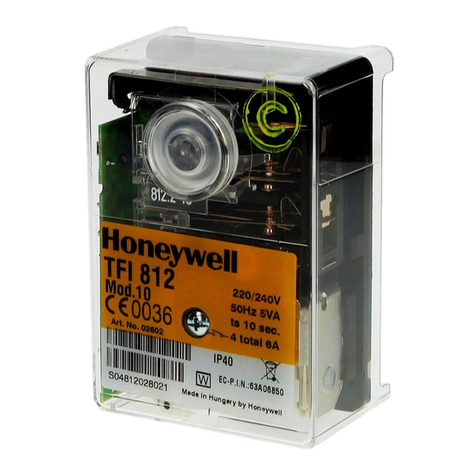
Honeywell
Honeywell Satronic TFI 812 Series User manual
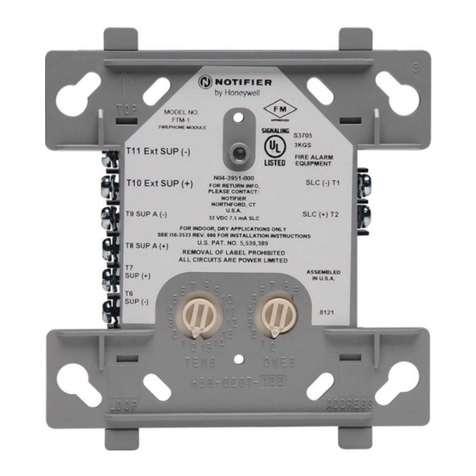
Honeywell
Honeywell NOTIFIER FTM-1 User manual

Honeywell
Honeywell Pro-Watch 6000 User manual
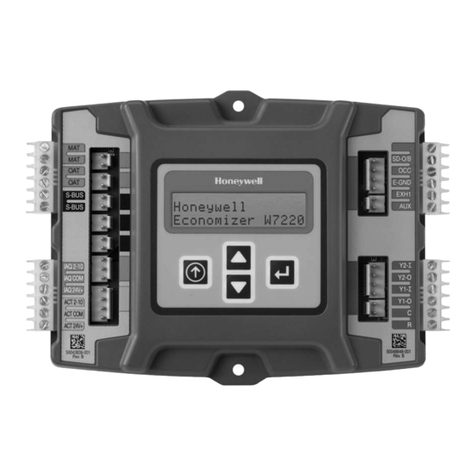
Honeywell
Honeywell JADE W7220 User manual
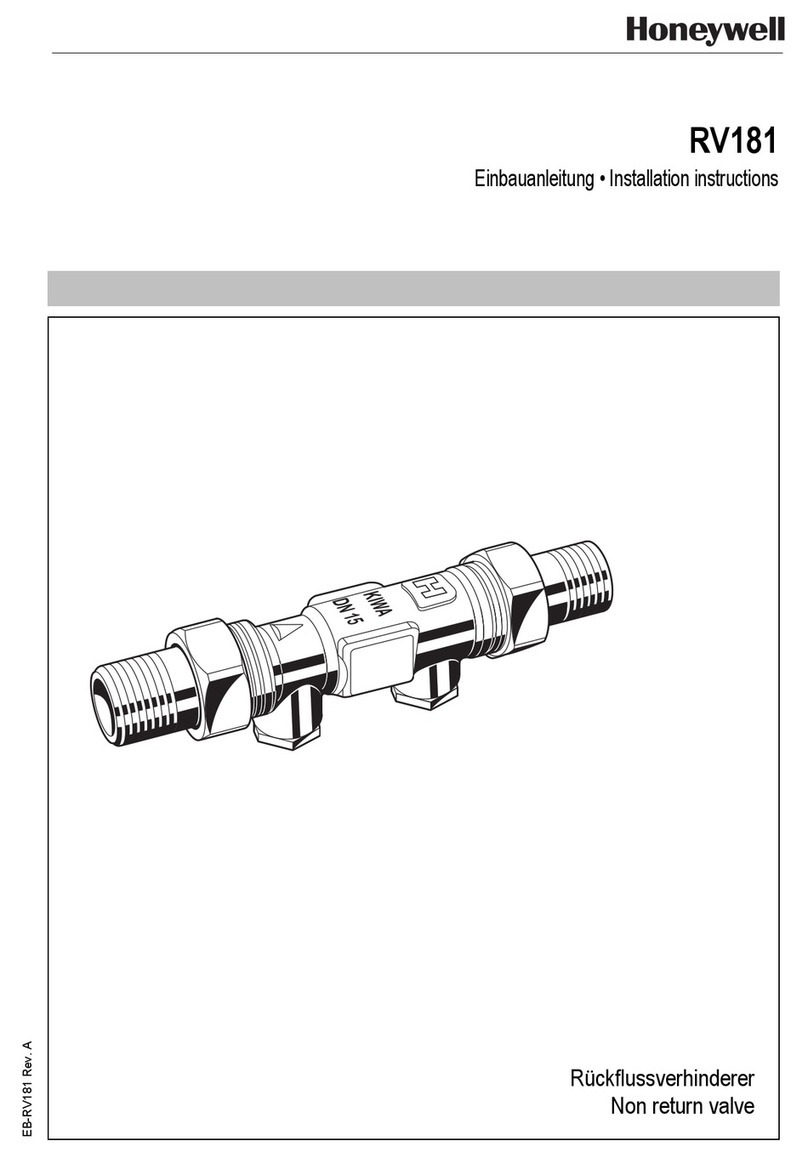
Honeywell
Honeywell RV181 User manual
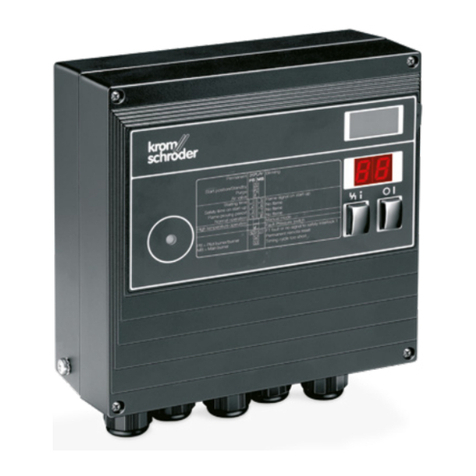
Honeywell
Honeywell krom schroder BCU 440 User manual
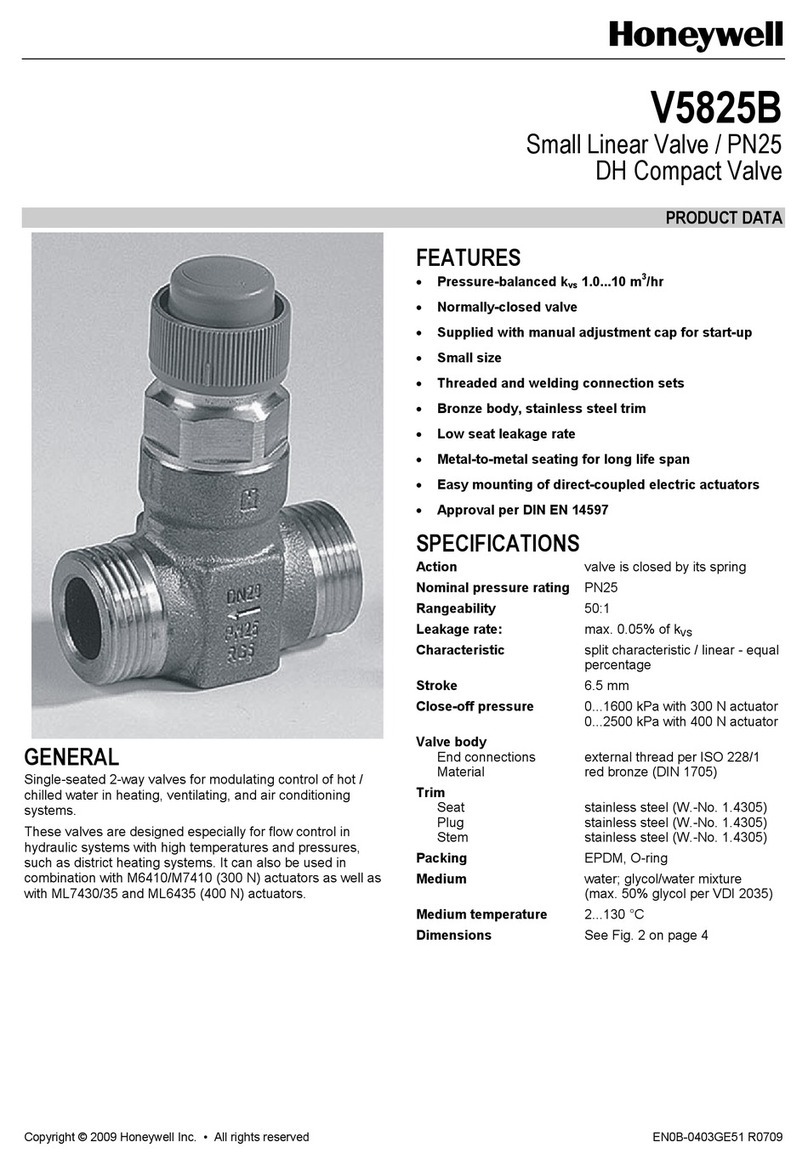
Honeywell
Honeywell V5825B User manual
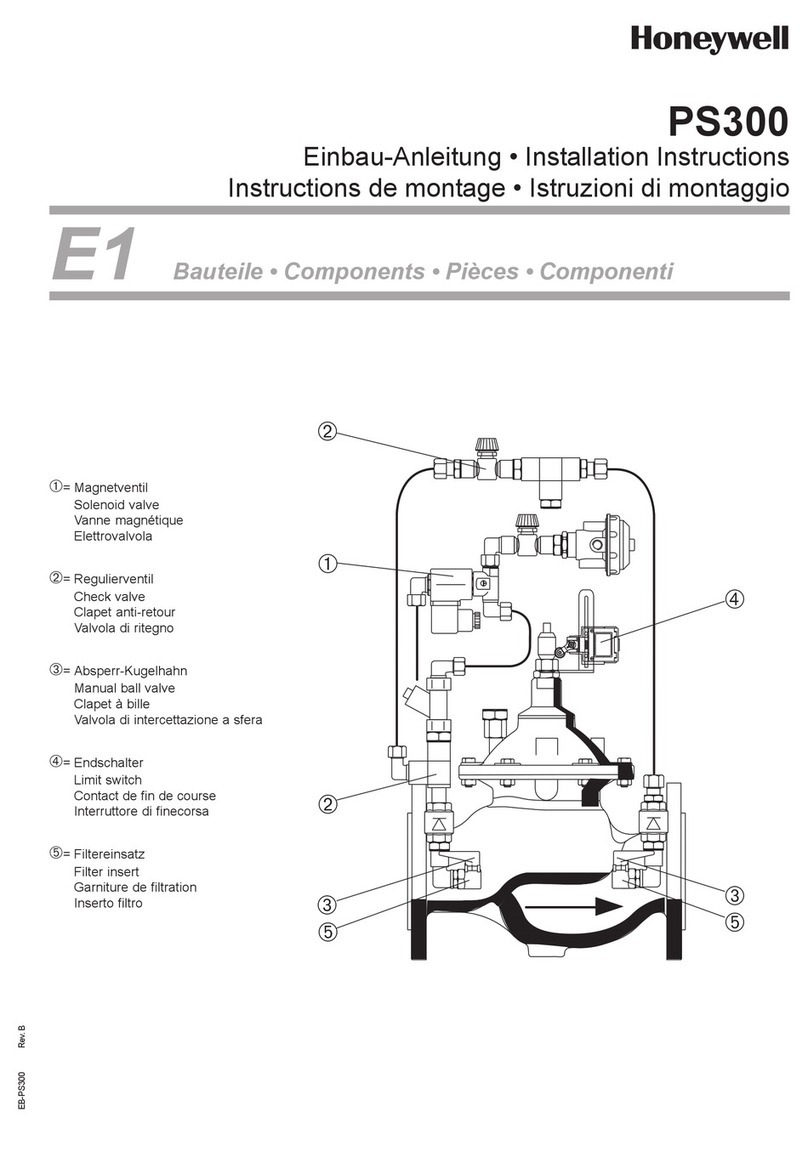
Honeywell
Honeywell PS300 User manual

Honeywell
Honeywell T7270A2001 User manual
Popular Control Unit manuals by other brands

Festo
Festo Compact Performance CP-FB6-E Brief description

Elo TouchSystems
Elo TouchSystems DMS-SA19P-EXTME Quick installation guide

JS Automation
JS Automation MPC3034A user manual

JAUDT
JAUDT SW GII 6406 Series Translation of the original operating instructions

Spektrum
Spektrum Air Module System manual

BOC Edwards
BOC Edwards Q Series instruction manual

KHADAS
KHADAS BT Magic quick start

Etherma
Etherma eNEXHO-IL Assembly and operating instructions

PMFoundations
PMFoundations Attenuverter Assembly guide

GEA
GEA VARIVENT Operating instruction

Walther Systemtechnik
Walther Systemtechnik VMS-05 Assembly instructions

Altronix
Altronix LINQ8PD Installation and programming manual
